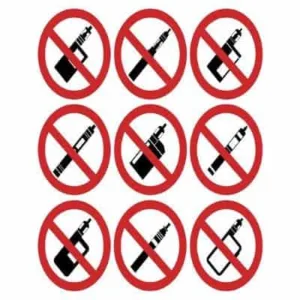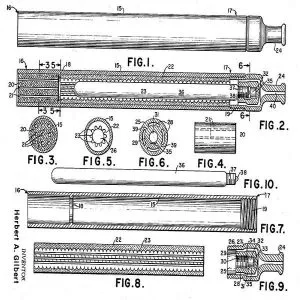Canada Vapes Info
Welcome to your free Canadian Vaping Information Portal
Welcome to the Canada Vapes Info Blog – your ultimate resource for comprehensive vaping information in Canada. Whether you’re a seasoned vaper or just starting your journey, our blog category is here to provide you with expert insights, valuable tips, and the latest updates on everything related to vaping in the Great White North.
In a rapidly evolving landscape, staying informed about vaping trends, regulations, and products is crucial. Our Canada Vapes Info Blog is dedicated to keeping you up-to-date with the most relevant and timely information. Our team of experts carefully curates content that covers a wide range of topics, from the latest vaping technologies to changes in Canadian vaping regulations. We understand that navigating the world of vaping can be complex, which is why we’re committed to offering clear and concise explanations to help you make informed decisions.
Ontario Government to Restrict E-cigarette Sales
In a surprising fast action by the Ontario government, they are planning on implementing a bill to restrict the use of electronic cigarettes and treat them similarly to tobacco cigarettes. This law which was introduced today (Monday, November 24th) will ban anyone under the age of 19 from purchasing electronic cigarettes in Ontario. It will … Read more
Nova Scotia proposes province wide e-cigarette legislation
Nova Scotia Proposes province wide e-cigarette legislation The new proposed legislation will proses aggressive restrictions against electronic cigarettes province-wide. These potential relations would include: Restrictions of selling e-cigarettes to those 19+ No displaying e-cigarettes on stores No advertising e-cigarettes Ban the use of e-cigarettes indoors Ban any ‘flavorings’ added to e-liquid, except menthol Health Minister … Read more
Two major bans of e-cigarettes in Canada.
Over the course of the last two weeks there have been two different city bans imposed on electronic cigarettes in Canada. Vancouver bans e-cigarettes in ‘public spaces’ The first took place last week in Vancouver, where city councilors voted unanimously to ban e-cigarettes in public spaces, as well as banning the sale of e-cigarettes to … Read more
Vapecan 2014 office trip
CanadaVapes.com’s Annual staff trip to VapeCan As many of our regular customers know, we went on an office trip to this year’s Vapecan annual e-cigarette convention in Toronto, Ontario. Although a few staff members could not attend, my wife Sandi and I managed to have a full vehicle to drive down to Toronto from our … Read more
Toronto board of health to review a ban on electronic cigarettes
Toronto Board of Health meeting to discuss banning electronic cigarettes The Toronto Board of Health is convening a meeting to deliberate on a potential municipal ban on electronic cigarettes, equating them with traditional cigarettes. This implies that vaping or the use of electronic cigarettes could be prohibited in public parks, bars, restaurants, and any other … Read more
Doctor Reports “Using electronic cigarettes as dangerous as fruits, vegetables and fish”
E-cigarettes: As Harmless as Fruits, Vegetables, and Fish? In a recent interview featured on a European News video on Youtube, Dr. Phillip Prelle, a staunch supporter of e-cigarettes, made some noteworthy statements. The Elimination of Tobacco’s Big Three Poisons Dr. Prelle pointed out that e-cigarettes have successfully eliminated the three major poisons found in tobacco: … Read more
Cool Interview with Original Inventor of E-cigarettes – Herbert Gilbert
Many believe the original inventor of the e-cigarette was Herbert Gilbert back in the 1960’s. I was able to find a really cool back and forth interview with Herbert, discussing e-cigarettes, his design and ideas, as well as his thoughts on the future of e-cigarettes. Many thanks to James Dunworth for this interview. JD: Herbert, … Read more
American Medical Association updates view on E-cigarettes
AMA’s Updated Stance on E-cigarettes The American Medical Association (AMA) has expressed its support for an FDA proposal aimed at bridging the gap in federal regulations concerning the purchase, labeling, packaging, and advertising of electronic cigarettes. This was announced by the incoming AMA President, Dr. Robert M. Wah. He emphasized that this new policy will … Read more











